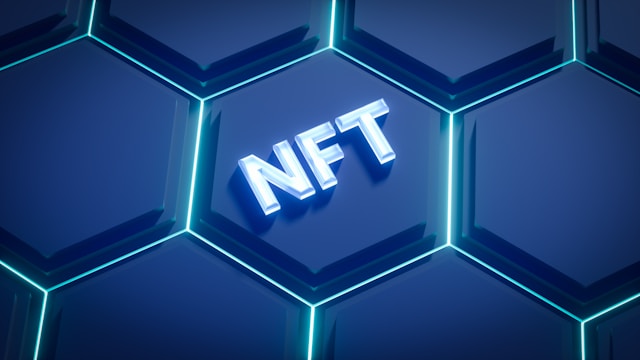The explosive growth of NFTs (Non-Fungible Tokens) has brought about a surge of excitement in the gaming industry, offering new avenues for ownership, creativity, and monetization. However, alongside this excitement comes a growing concern about the environmental impact of NFTs and blockchain technology. In this article, we’ll delve into the environmental implications of NFTs and explore how the gaming industry is proactively addressing sustainability challenges.
Understanding the Environmental Impact of NFTs
NFTs are unique digital assets stored on blockchain networks, such as Ethereum. While NFTs offer unparalleled ownership and authenticity, the process of minting and trading them consumes significant amounts of energy, primarily due to the consensus mechanisms used to secure blockchain networks.
- Proof-of-Work (PoW) vs. Proof-of-Stake (PoS): Many blockchain networks, including Ethereum, rely on PoW consensus mechanisms, which require extensive computational power to validate transactions. This energy-intensive process has led to concerns about the carbon footprint of blockchain networks;
- Energy Consumption: The energy consumption of blockchain networks used for NFTs can be substantial, with some estimates suggesting that a single NFT transaction on Ethereum can have a carbon footprint equivalent to driving a car for hundreds of miles;
- E-Waste: The production and disposal of electronic devices used for mining cryptocurrencies contribute to electronic waste, further exacerbating environmental concerns.
Sustainable Solutions in the Gaming Industry
Recognizing the need for sustainability, the gaming industry is taking proactive steps to mitigate the environmental impact of NFTs and blockchain technology.
1. Eco-Friendly Blockchain Solutions
Blockchain developers are exploring alternative consensus mechanisms that are more energy-efficient and environmentally friendly.
- Proof-of-Stake (PoS): PoS consensus mechanisms, such as those used in Ethereum 2.0, consume significantly less energy compared to PoW. By staking tokens as collateral, validators are incentivized to validate transactions honestly, reducing the need for computational power;
- Layer-2 Solutions: Layer-2 scaling solutions, such as rollups and sidechains, aim to improve the scalability of blockchain networks while minimizing energy consumption. These solutions allow for off-chain transaction processing, reducing the burden on the main blockchain.
2. Carbon Offset Initiatives
Game developers and blockchain projects are investing in carbon offsetting initiatives to neutralize the environmental impact of their operations.
- Tree Planting Programs: Some projects are partnering with environmental organizations to plant trees and restore ecosystems, offsetting carbon emissions generated by blockchain activities;
- Renewable Energy Projects: Investments in renewable energy projects, such as solar and wind farms, help reduce reliance on fossil fuels and mitigate the carbon footprint of blockchain networks.
3. Community-Led Efforts
Gamers and community members are actively advocating for sustainability and encouraging industry stakeholders to prioritize environmental considerations.
- Consumer Awareness: Gamers are raising awareness about the environmental impact of NFTs and blockchain technology through social media campaigns, petitions, and online discussions;
- Demand for Sustainable Practices: Players are increasingly demanding transparency and accountability from game developers, urging them to adopt eco-friendly practices and support renewable energy initiatives.
Promoting Environmental Stewardship in Gaming
As players and industry stakeholders, we all have a role to play in promoting environmental stewardship in gaming.
- Educate Yourself: Stay informed about the environmental impact of NFTs and blockchain technology. Understand the carbon footprint of your gaming activities and explore ways to minimize your environmental impact;
- Support Sustainable Projects: Choose to support game developers and blockchain projects that prioritize sustainability and invest in eco-friendly practices;
- Advocate for Change: Use your voice to advocate for environmental sustainability within the gaming community. Encourage industry stakeholders to prioritize eco-friendly solutions and transparency in their operations.
Conclusion
The environmental impact of NFTs and blockchain technology is a complex and pressing issue that requires collective action from all stakeholders. By embracing eco-friendly blockchain solutions, supporting carbon offset initiatives, and promoting environmental stewardship within the gaming community, we can work together to minimize the environmental footprint of NFTs and create a more sustainable future for gaming.





